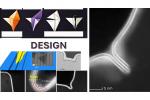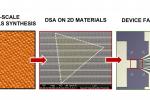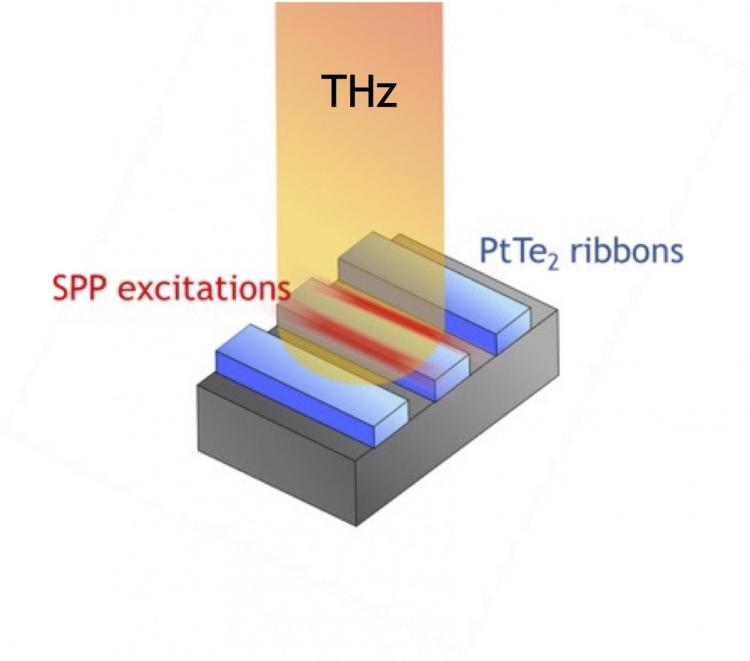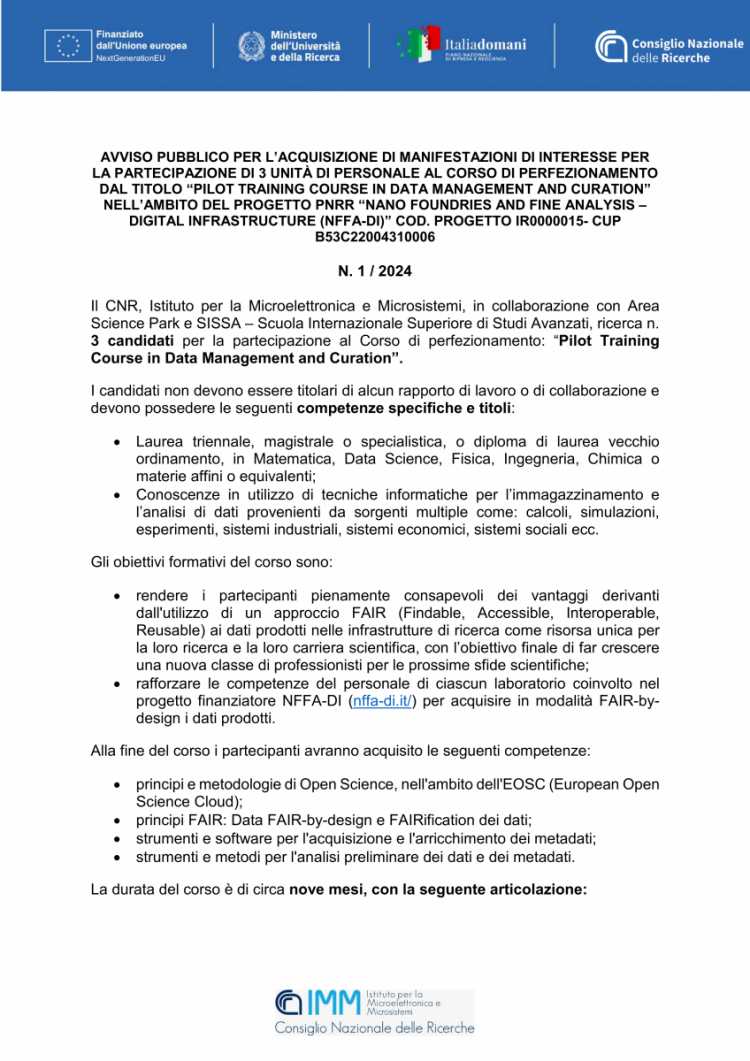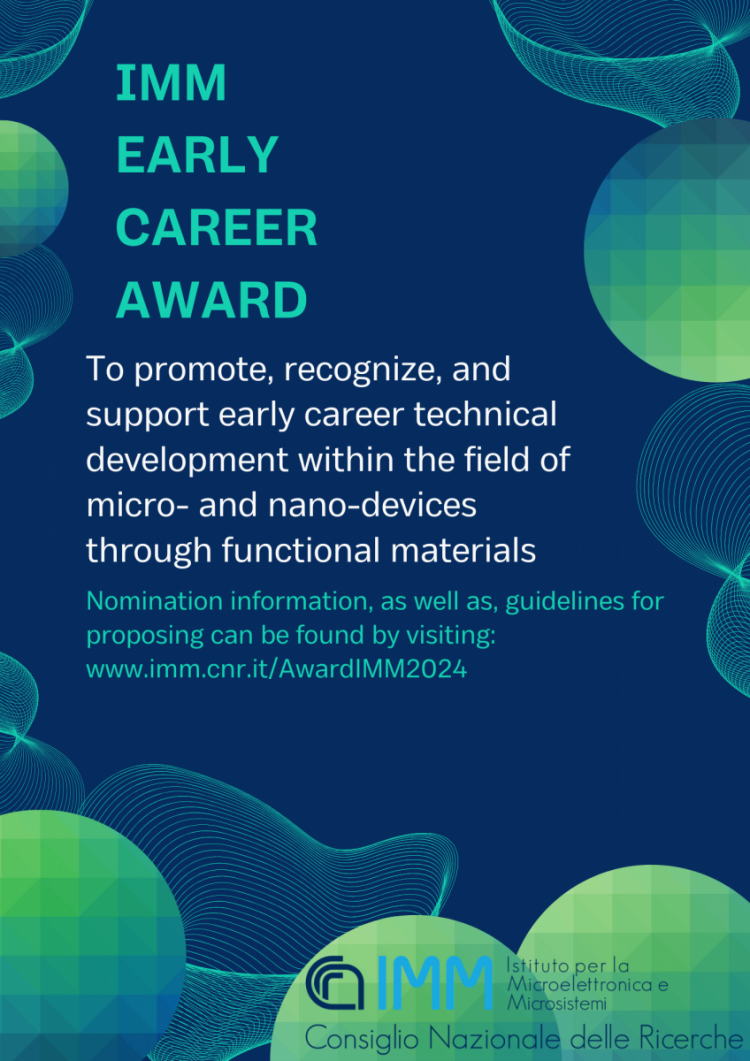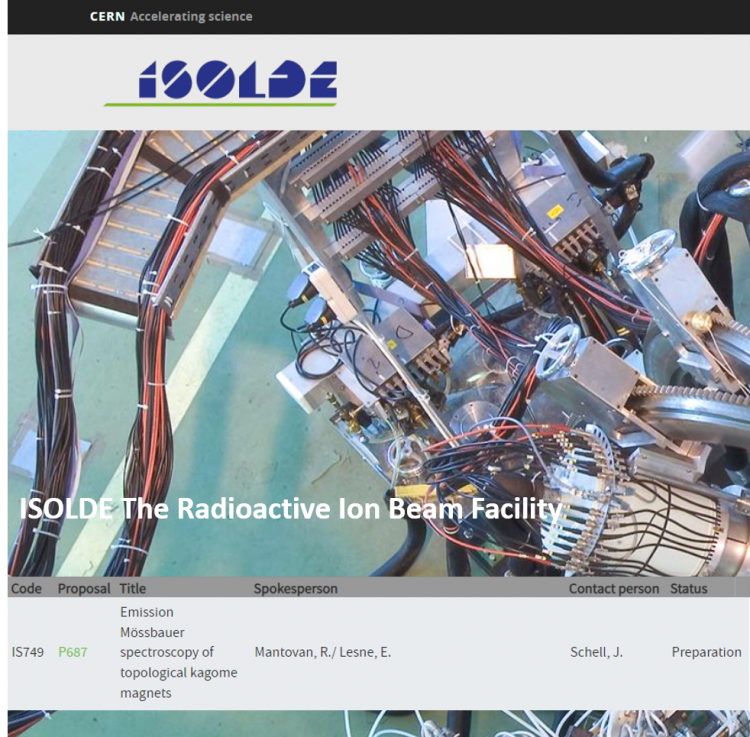With more than forty experimentally synthesized members, and thousands theoretically predicted, two-dimensional (2D) materials have gained the interest of the scientific community offering new routes to nanoscience and nanotechnology. This flourishing class of materials represents an ideal platform for material engineering. In fact, compared to traditional bulk materials, they show a greater deformation capacity and they can withstand massive elastic strain and bond distortion without fracture.

